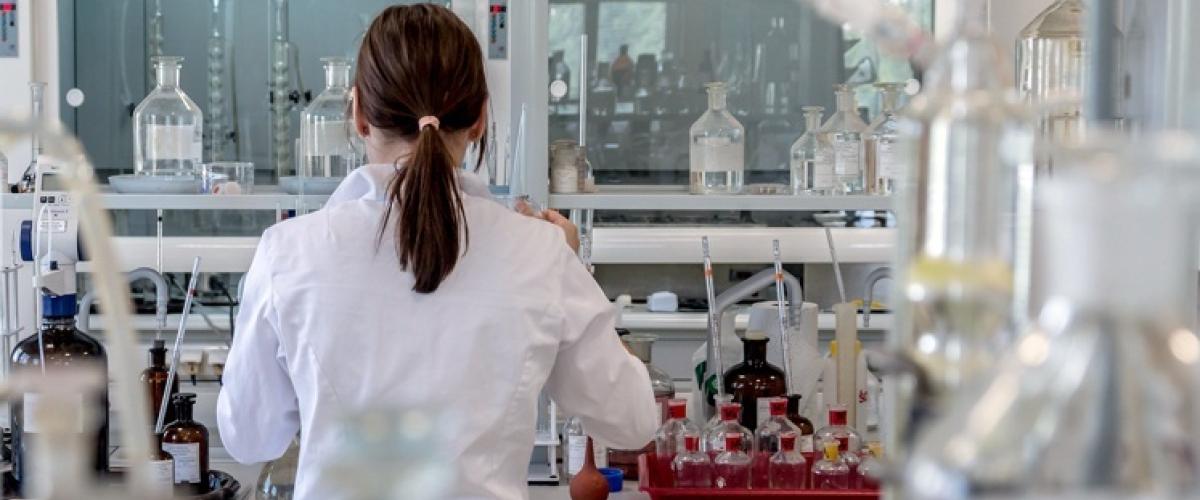
The Y.T. and Alice Chen Pediatric Genetics and Genomics Research Center was founded on a legacy of transformative discovery. In 2006, the FDA approved Myozyme (recombinant acid alpha-glucosidase) for Pompe disease, the result of pioneering work by Y.T. Chen, MD, PhD, and colleagues that brought lifesaving therapy to children with this devastating condition. Inspired to build on this “bench-to-bedside” success, Drs. Y.T. and Alice Chen established the Center to accelerate translational research for single-gene disorders and to develop innovative therapies such as enzyme replacement, small molecule approaches, substrate reduction, and gene therapy.
Today, under the leadership of Priya Kishnani, MBBS, MD, chief of the Division of Medical Genetics and medical director of the Center, our researchers lead international efforts to transform care for children with glycogen storage diseases (GSD I, II, III, IV, IX) and other rare disorders. Using cutting-edge animal models—including murine, canine, and feline systems—we explore disease mechanisms and test novel therapies that can be rapidly translated to the clinic. Current studies include gene therapy for GSD II, III, and IV, innovative approaches to improve enzyme replacement therapy, and strategies to induce immune tolerance that enhance treatment effectiveness.
Also, we are committed to training the next generation of clinician-scientists in pediatric genetics and genomics. Our Center offers research opportunities for students, residents, fellows, and junior faculty through mentorship and structured programs.
Areas of Research:
- Single-Gene Disorders: In-depth investigation of monogenic diseases including glycogen storage disorders, urea cycle defects, and lysosomal storage diseases.
- Innovative Therapies: Development and implementation of gene therapy, enzyme replacement, small molecule approaches, and RNA-based treatments.
- Translational Science: Integration of clinical insights and laboratory models to accelerate therapeutic development.
- Natural History Studies & Registries: Supporting long-term data collection to understand disease progression and therapeutic impact.